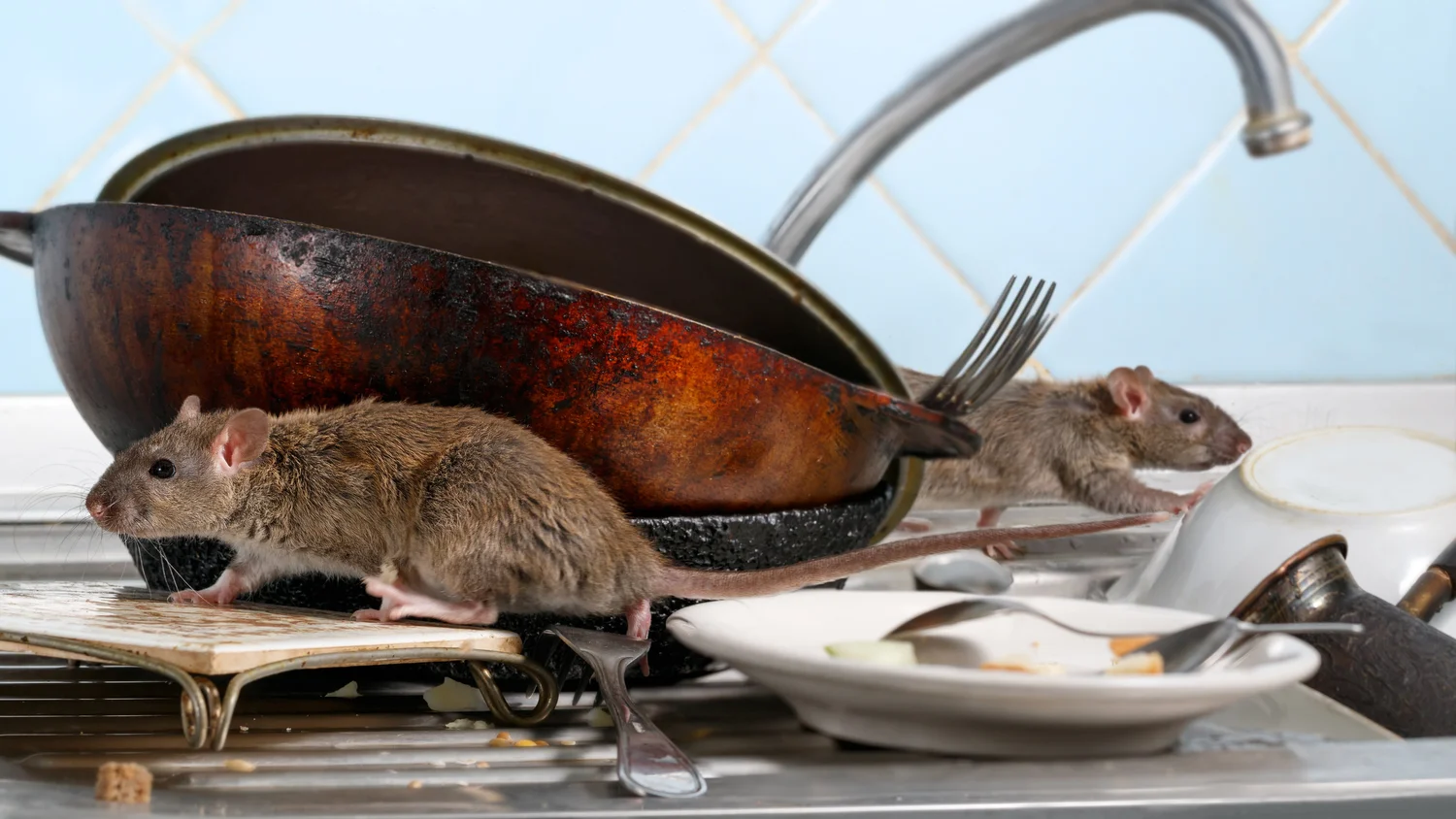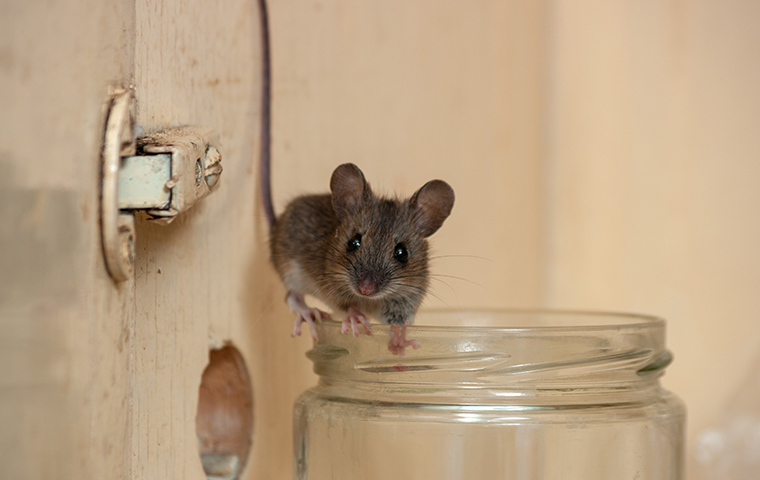Using Technology for Pest Prevention Effectively at Home
Share
In today's ever-evolving world, using technology for pest prevention is becoming an increasingly popular approach for homeowners seeking efficient solutions to keep their homes pest-free. With the advent of smart gadgets and scientific advancements, safeguarding our living spaces has taken a significant leap forward. By integrating these innovations, you can not only make your environment healthier but also reduce the reliance on harmful chemicals. This modern era encourages us to look beyond traditional methods and embrace more effective, sustainable tactics.
Incorporating new technologies into pest management strategies allows for heightened efficiency and accuracy. From smart traps to remote monitoring systems, leveraging digital capabilities can transform pest control from a daunting chore into a streamlined process. This practice not only saves time but also ensures that pest management is carried out with precision and minimal environmental impact.

High-Tech Tools for Pest Management
The journey towards a pest-free home often begins with understanding the types of technologies available today. Additions like smart traps have become game-changers in detecting and dealing with unwanted guests. These traps, equipped with sensors, can alert homeowners through their smartphones as soon as a pest is captured, allowing for quick action. Such proactive measures can drastically reduce the chances of an outright infestation.
Meanwhile, digital surveillance systems set a new standard in preventive measures. By utilizing cameras and sensor networks, homeowners can carefully monitor areas prone to pest activity, such as basements, attics, and kitchens. Real-time data and imagery make it easier to identify entry pointsdeterring pests before they become problematic. For further tips on blocking these entry points, this article on blocking entry points may be particularly helpful.
The Internet of Things (IoT) in Pest Control
IoT technology is revolutionizing pest control with interconnected devices that share information seamlessly. For instance, smart sensors can be strategically placed around the home to detect motion or specific chemicals related to pest presence. These sensors feed data into a central system, helping you to track pest activity patterns over time and predict potential outbreaks.
Inapp-based systems also allow residents to control pest control measures remotely. For example, you could activate or deactivate traps, or even call in professional help through a few taps on your device. For those keen on integrating home automation with pest control, looking into how IoT can offer real-time insight and operational control could be invaluable.
Eco-Friendly Alternatives and Green Technology
Amidst the technological advancements, a shift toward more sustainable solutions is evident. Eco-friendly pest control options are designed to mitigate environmental harm while maintaining efficacy. Ultrasonic pest repellents, for example, use sound waves to deter pests without chemicals. Exploring natural deterrents can also complement technological solutions. Consider this link for some natural deterrents you might employ.
If you're interested in DIY approaches, combining these eco-friendly practices with technology may enhance their effectiveness, offering a holistic approach to pest prevention. Engaging resources like the tips on natural pest control further explore environmentally conscious methods.
AI and Predictive Analytics in Pest Prevention
Another frontier in pest control technology involves artificial intelligence (AI) and predictive analytics. These technologies enable systems to learn from data patterns, thus predicting potential pest movements or outbreaks before they happen. AI-powered software analyzes historical data, local climate conditions, and even specific pest behaviors to provide insights and recommend preventative actions.
Predictive analytics can be particularly beneficial for large properties or commercial establishments where constant vigilance is necessary. Integrating such systems can enhance decision-making processes and optimize resource allocation, ensuring that preventative measures are as targeted and effective as possible.

FAQs on Tech-Based Pest Prevention
What are some smart pest prevention tools available today?
Smart traps, digital surveillance systems, and IoT-enabled sensors are some of the top tech tools used for pest prevention today.
How does AI help in preventing pest infestations?
AI uses data analysis to predict pest outbreaks, enabling more timely and targeted preventive measures.
Are eco-friendly pest control options effective?
Yes, eco-friendly pest control options like ultrasonic repellents can be highly effective, especially when combined with technological solutions.
In embracing the future of pest prevention, the fusion of new technologies with established practices provides a balanced, effective approach to creating safer living spaces. For additional insights on pest prevention ideas that cater to outdoor spaces, be sure to check out related content. As the industry continues to evolve, staying informed about these innovations can keep your home both safe and technology-forward.
This article contains affiliate links. We may earn a commission at no extra cost to you.
